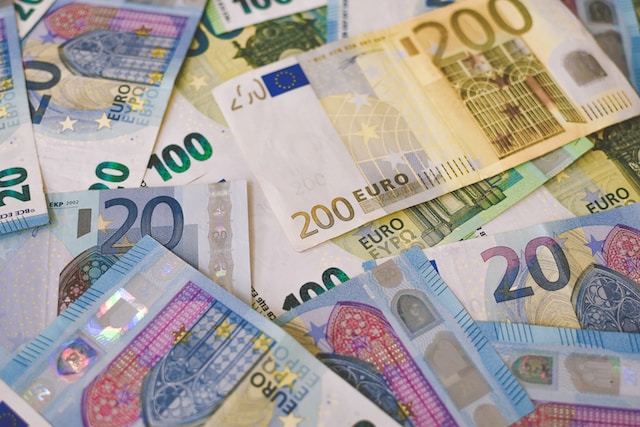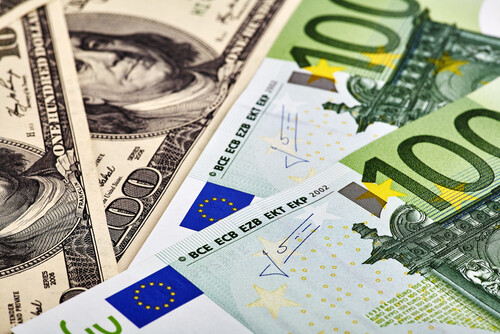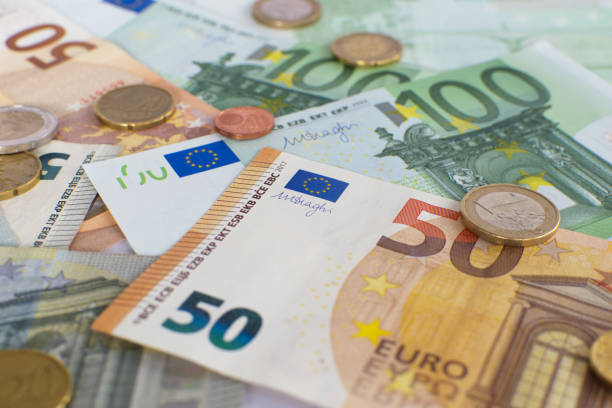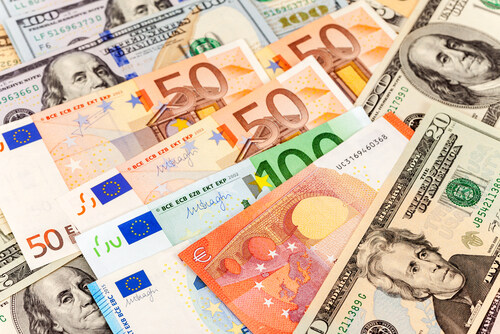EUR/USD grinds chart paper above 1.0800 after Fed fails to spark rate rally

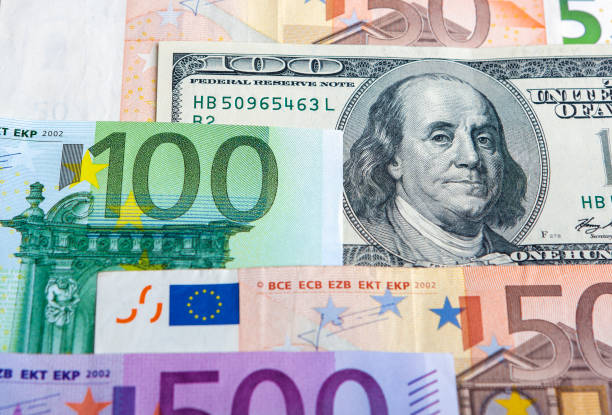
- EUR/USD continues to chill after testing above 1.0840 this week.
- Fedspeak from Fed Chair Powell failed to deliver a dovish-enough stance.
- US inflation data to be the key print later in the week.
EUR/USD continues to settle closer to 1.0800 after a misfire in market expectations of Federal Reserve (Fed) Chairman Jerome Powell’s testimony before US Congress on Tuesday. Despite a head nod to improving inflation figures, the Fed is still leaning firmly in a cautionary stance, pulling the rug from beneath markets that were coiled in anticipation of a tonal shift from Fed policymakers.
Forex Today: Focus remains on Powell and Fedspeak
Traders are battening down the hatches for the wait to key US inflation data prints later in the week, with a smattering of Fed speakers and Fed Chair Powell’s second round of testifying due on Wednesday.
US Consumer Price Index (CPI) inflation data slated for Thursday will be the key driver of market volumes in the back half of the trading week. Investors hungry for rate cuts will be looking for CPI inflation to churn lower, but median market forecasting models broadly expect annualized core CPI for the year ended in June to hold steady at 3.4% YoY, while headline CPI inflation is expected to tick upwards to 0.1% MoM in June versus the previous flat print of 0.0%.
Initial Jobless Claims for the week ended July 5 are also on the docket for Thursday, and are forecast to tick down to 236K from the previous 238K.
Finally, German Harmonized Index of Consumer Prices (HICP) inflation figures are due early Thursday, but YoY German inflation in June is expected to hold steady at the previous print of 2.5%.
Related news
- Powell testimony: Chairman notes tighter policy is having an effect on activity in housing sector
- Powell speech: We have significant housing issues
- Powell speech: Job creation is narrowing in the economy
EUR/USD technical outlook
The Fiber is on a slow grind near 1.0800 after peaking earlier this week just north of 1.0840, and intraday price action is getting squeezed between downside pressure and technical support from the 200-hour Exponential Moving Average (EMA) at 1.0787.
EUR/USD looks set to run out of gas in a near-term bullish push from the last swing low near 1.0660. With momentum draining out of the Fiber, the pair is set for a tumble back below the 200-day EMA at 1.0784.
EUR/USD hourly chart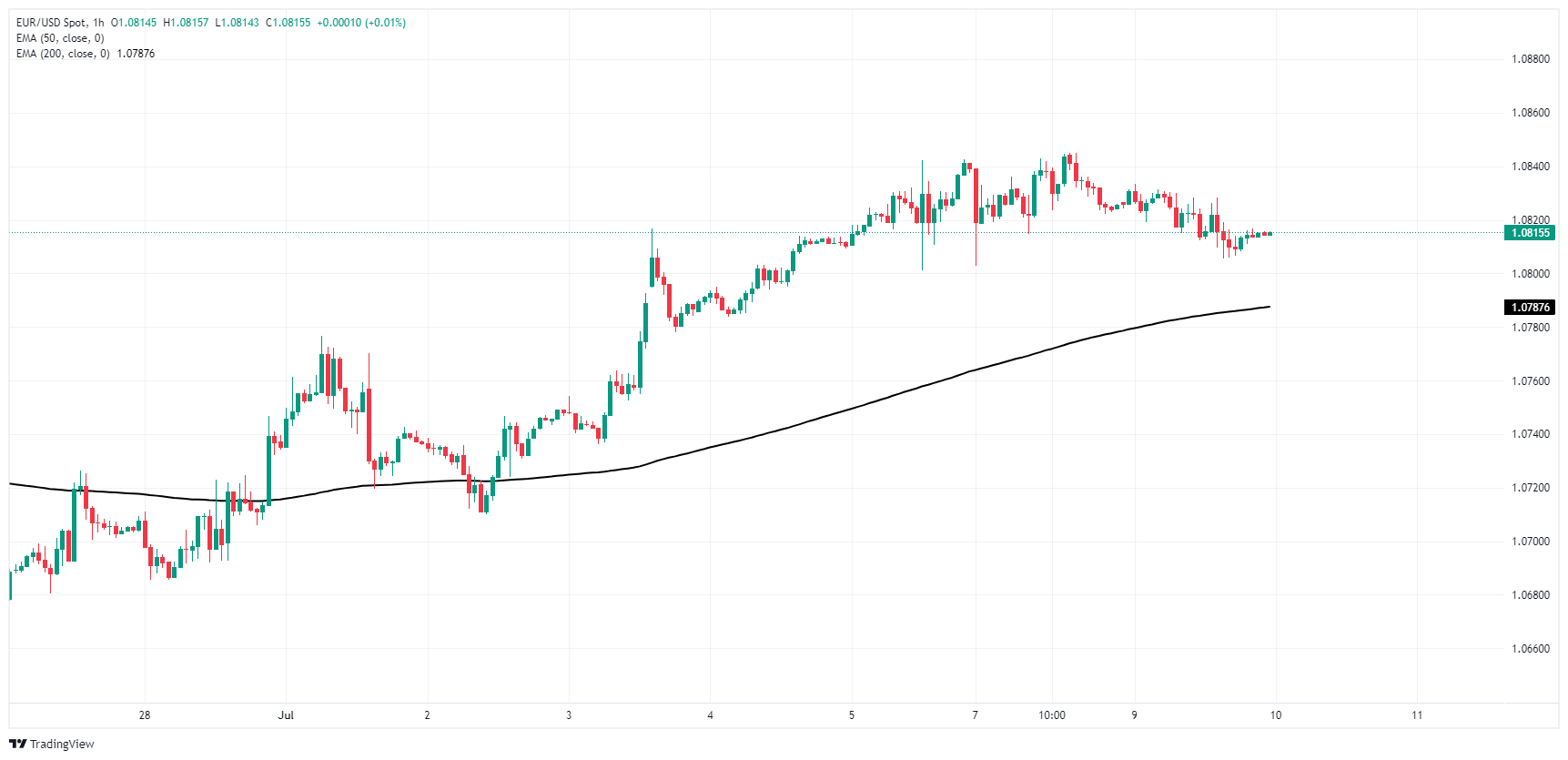
EUR/USD daily chart
Euro FAQs
What is the Euro?
The Euro is the currency for the 20 European Union countries that belong to the Eurozone. It is the second most heavily traded currency in the world behind the US Dollar. In 2022, it accounted for 31% of all foreign exchange transactions, with an average daily turnover of over $2.2 trillion a day. EUR/USD is the most heavily traded currency pair in the world, accounting for an estimated 30% off all transactions, followed by EUR/JPY (4%), EUR/GBP (3%) and EUR/AUD (2%).
What is the ECB and how does it impact the Euro?
The European Central Bank (ECB) in Frankfurt, Germany, is the reserve bank for the Eurozone. The ECB sets interest rates and manages monetary policy. The ECB’s primary mandate is to maintain price stability, which means either controlling inflation or stimulating growth. Its primary tool is the raising or lowering of interest rates. Relatively high interest rates – or the expectation of higher rates – will usually benefit the Euro and vice versa. The ECB Governing Council makes monetary policy decisions at meetings held eight times a year. Decisions are made by heads of the Eurozone national banks and six permanent members, including the President of the ECB, Christine Lagarde.
How does inflation data impact the value of the Euro?
Eurozone inflation data, measured by the Harmonized Index of Consumer Prices (HICP), is an important econometric for the Euro. If inflation rises more than expected, especially if above the ECB’s 2% target, it obliges the ECB to raise interest rates to bring it back under control. Relatively high interest rates compared to its counterparts will usually benefit the Euro, as it makes the region more attractive as a place for global investors to park their money.
How does economic data influence the value of the Euro?
Data releases gauge the health of the economy and can impact on the Euro. Indicators such as GDP, Manufacturing and Services PMIs, employment, and consumer sentiment surveys can all influence the direction of the single currency. A strong economy is good for the Euro. Not only does it attract more foreign investment but it may encourage the ECB to put up interest rates, which will directly strengthen the Euro. Otherwise, if economic data is weak, the Euro is likely to fall. Economic data for the four largest economies in the euro area (Germany, France, Italy and Spain) are especially significant, as they account for 75% of the Eurozone’s economy.
How does the Trade Balance impact the Euro?
Another significant data release for the Euro is the Trade Balance. This indicator measures the difference between what a country earns from its exports and what it spends on imports over a given period. If a country produces highly sought after exports then its currency will gain in value purely from the extra demand created from foreign buyers seeking to purchase these goods. Therefore, a positive net Trade Balance strengthens a currency and vice versa for a negative balance.

